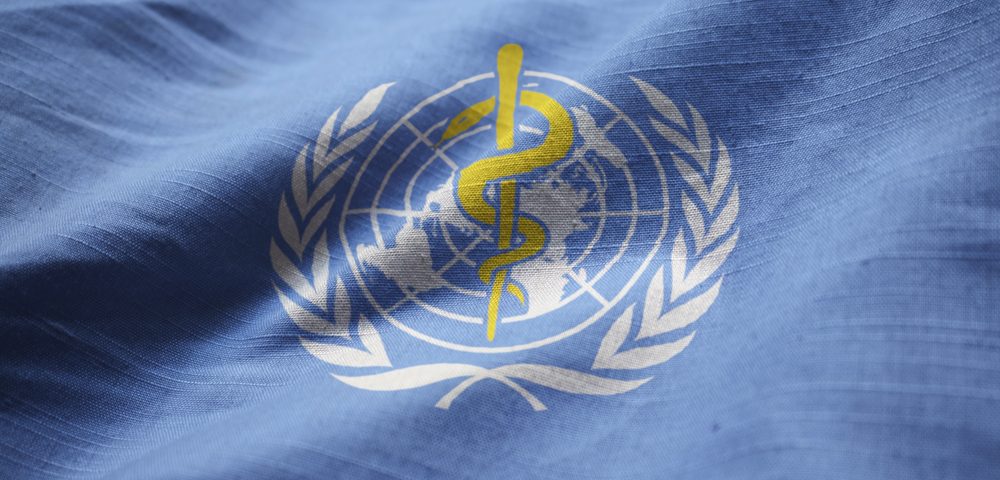Cancer deaths are projected to increase 50 percent worldwide by 2030 mainly due to growing and aging populations, according to a recent report.
Programs like the Cancer Moonshot Blue Ribbon Panel with 10 recommendations geared to embolden a national anti-cancer efforts in the United States are in place to counter the grim prediction. But the group and other organizations throughout the U. S. maintain that researchers already have the knowledge and technology to reduce expected cancer burden for decades to come — even without new scientific discoveries.
According to Global Cancer: Facts & Figures, a joint publication of the World Health Organization (WHO) and the American Cancer Society (ACS), half of the world’s cancer deaths are actually preventable. For example, lung and liver cancer, the most common causes of death by cancer worldwide, and cervical cancer, the fourth leading cause of death of among women, can be thwarted in many people by annual screenings, healthier eating, exercise, and lifestyle changes.
For many people cancer is unavoidable, but researchers believe that the answer to slowing cancer cases worldwide — and lowering cancer mortality — could lie in promoting existing preventive interventions and expanding already available successful treatments.
Cervical cancer is a good case in point.
The disease causes 250,000 deaths annually worldwide. Pap smear test screening and removal of precancerous lesions have so far cut incidence in half, according to statistics between 1975 and 2012. A vaccine against most strains of the human papillomavirus (HPV) infection, a main cause of cervical cancer, is already working to stem the disease.
But the HPV virus is not yet globally available.
Some suggest using as a model WHO’s Expanded Program on Immunization, which ensures that 85 percent of the world’s children receive at least DPT (diphtheria, pertussis, and tetanus) vaccination. Because the program has also been successful in creating new distribution channels for DPT, it could be used as model for distributing the HPV vaccination to girls all over the world.
Other programs including The President’s Emergency Fund for AIDS Relief and the Global Fund for HIV, TB and Malaria could also serve as models to illustrate how a global HPV vaccination effort could be optimized. The programs not only made life-saving antiretroviral drugs available to millions of people with HIV at lower prices, they also helped nations establish the necessary infrastructure for drug delivery, administration, and patient monitoring.

